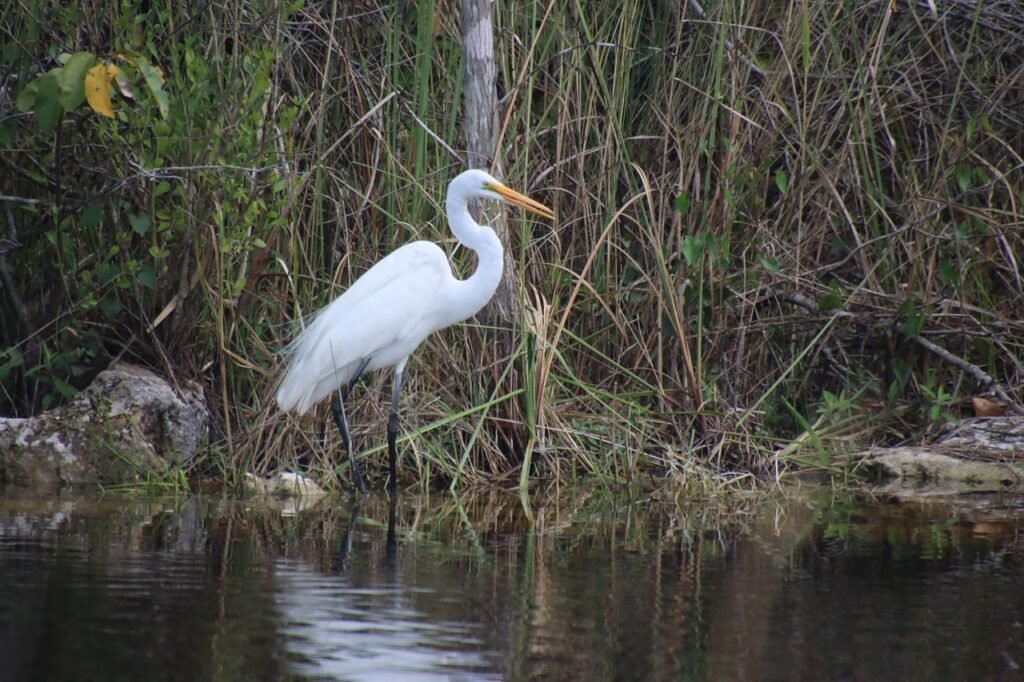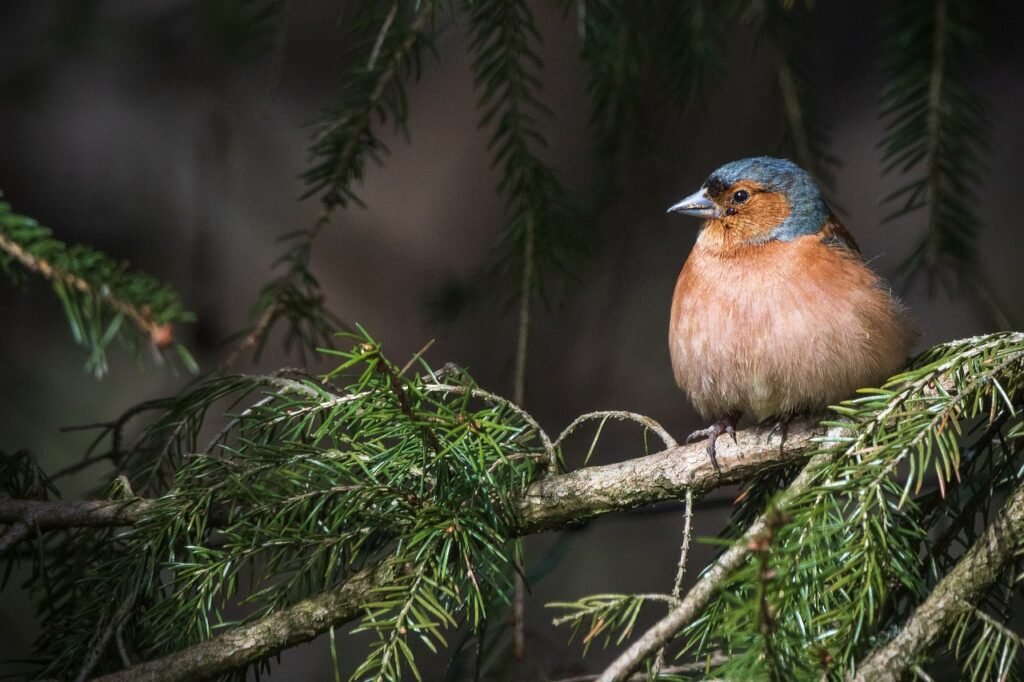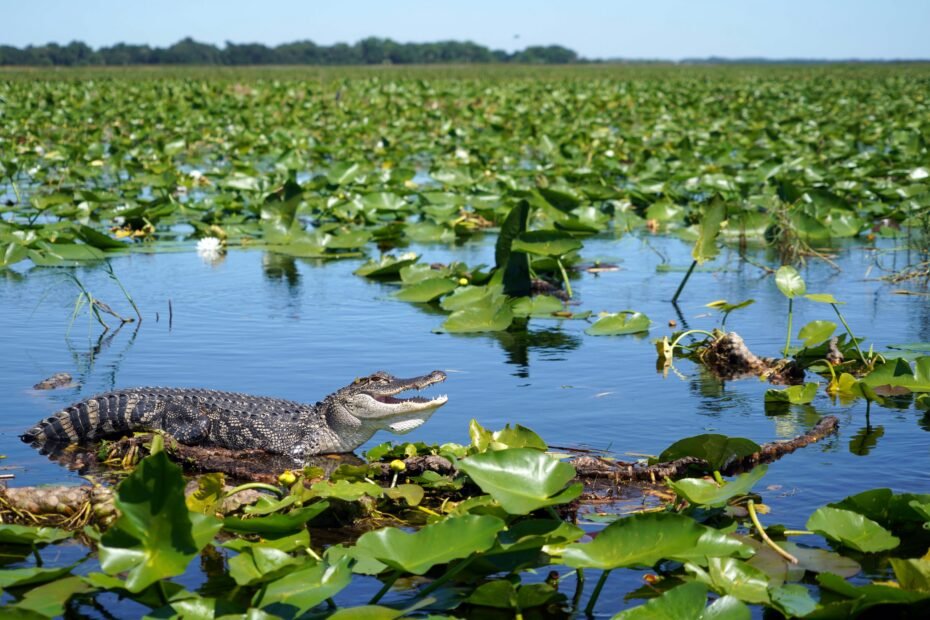Why Are the Everglades Important? Key Facts Explained
Learn why the Everglades are vital to Florida’s ecosystem, providing clean water, supporting wildlife, and preserving endangered species for future generations.
The Everglades is a complex and multifaceted ecosystem unlike any other in the world. Nestled in South Florida, this massive park is a boon for humans and nature alike. It provides clean water, a habitat for a multitude of flora and fauna, and a cultural landmark, acting as a vital support system for wildlife and nearby neighborhoods.
Today, we will examine the Everglades’ ecological, cultural, and economic importance. You will also learn more about various challenges that threaten its future and the ongoing conservation efforts to preserve this amazing place.
The Ecological Importance of the Everglades

It Acts as a Water Filter
When it comes to the question, “Why are the Everglades so important?” Water quality plays a huge role. Over time, the Everglades ecosystem has evolved so that it continuously provides clean water to surrounding areas. This is an important reason why the Everglades is a wildlife hotspot. Additionally, it provides water to millions of Floridians.
But how do the Everglades produce clean water? Well, much of the water comes from an underground river called the Biscayne Aquifer. The Everglades acts as a potent purifier, allowing the water to go straight from the river to taps without the need for artificial treatments. As long as the Everglades stay healthy, it will continue to filter and maintain the water quality that is currently enjoyed in countless local households.
It Supports a Variety of Wildlife
Apart from providing clean drinking water to animals, it provides essential support to wildlife in other ways. The Everglades offer nine types of habitats which allow very different species to flourish in the same park.
For example, wading birds can enjoy shallow water and feed on small fish and amphibians. The trees in the Everglades offer shelter to countless bird species and squirrels as well as land mammals like white-tailed deer, the Virginia opossum, raccoon, northern river otter, and gray fox.
This rich biodiversity fosters a complex and active food chain that keeps prey population numbers in check and healthy, as well as predators with plenty of hunting opportunities. This is good news for endangered species like the Florida panther.
Lake Okeechobee
Lake Okeechobee is located in the Central Everglades, Florida Bay. In the past, the lake collected seasonal rainfall. During periods of high water, the banks overflowed at its southern boundary, providing the Everglades with fresh water. During times of low water, this flow ceased, allowing the Everglades to dry out seasonally.
Human interference, consumption, and drought have caused this ebb and flow rhythm to function improperly. Today, water is shunted artificially, even at unnatural times of the year, resulting in worse water quality.
Lake Okeechobee is important to South Florida as it provides water to the environment, people, and farms. It also acts as a tourist and activities magnet, which boosts eco-tourism and helps conservation. Needless to say, it’s critical to protect Lake Okeechobee, which acts as the beating heart of the Everglades and its surroundings.
Unique Features of the Everglades
The Everglade has many unique features. One deserves a special mention, and that is the region’s flora.
Why Are The Everglades So Important? Key and Unique Plant Species

The trees in the Everglades, along with other plant species, are the foundation of the Everglades’ health. They provide shelter, habitat, and food for many species. Indeed, without plants, future generations of humans might never see the beautiful natural wonder of the Everglades.
Cypress trees are a key feature in the Everglades and consist of two main species: pond cypress and bald cypress. These trees are essential to aquatic life as the so-called “cypress domes,” a wetland habitat covered by a canopy of leaves, support snails, dragonfly larvae, and crayfish. These creatures, in turn, provide food for fish and birds.
The Link Between Biodiversity and Ecosystem Health
You have to look far and wide to find a place so rich in plants and animals. In fact, the Everglades is teeming with thousands of species, both fauna and flora. The area also supports 16 endangered species.
But why are the Everglades important for biodiversity? The Everglades is home to several ecosystems consisting of different species and food chains. This rich tapestry of fauna and flora allows the Everglades to support diverse groups of animals and plants and their interactions.
Should this wide variety of species fall, it would threaten not just one ecosystem but several overlapping ecosystems and, ultimately, the Everglades as a whole. Protecting the Everglades, especially its native plant and animal species, has never been more urgent or essential to preserving this cultural landmark.
Habitat Health and Carbon Sequestration
Trees and vegetation contribute to the Everglades’ health mainly in two ways – soil stability and water filtration.
Whether trees are anchored on land or in water, their roots help to prevent soil erosion. The latter is never a good thing, especially when it happens consistently. When soil is removed, nutrients often wash away, and leave behind useless earth.
Plants in the Everglades are also known to absorb excess nutrients and pollutants from the water, producing H20 that is cleaner and ready for animals and humans to use.
The Everglades is also a valuable carbon sink. The mangrove forests, in particular, absorb tons of carbon dioxide by sending it into the soil, where it gets trapped underwater. Experts believe the Everglades can remain a significant carbon storage area as long as the soil remains undisturbed.
Why Are The Everglades Important? Cultural and Economic Impact
The Everglades plays a significant role in supporting local communities as well. This happens in several ways. Apart from providing Floridians with fresh drinking water, the Everglades also drives a thriving tourism industry, which employs many locals.
Since the Everglades is such a unique place, it offers countless educational opportunities. Visitors can learn more about plants, animals, ecosystems, conservation, challenges threatening the Everglades, and more. Learning can happen in a hands-on way, which helps to impart information in an engaging and lasting way.
A Closer Look at Eco-Tourism

Eco-tourism involves nature-focused tourism and activities that aim to safely offer exploration trips, education, and contribution towards conservation. Eco-tourism is also heavily focused on supporting local communities.
A few examples of eco-tourism in the Everglades include airboat tours, nature walks, wildlife observation, cultural exchanges with local communities, bird watching, kayaking, and canoeing. As you can see, the Everglades is busy! Due to its popularity with nature lovers and outdoorsy types, the Everglades is a financial boon to Florida. Boating and fishing trips alone contribute billions of dollars to the state’s economy annually.
The Importance of Protecting the Everglades for Future Generations
The world is shrinking rapidly. Sure, the global village is mostly technological via the internet. However, the natural world is losing acreage at an alarming rate. Young adults, teenagers, and kids deserve to enjoy the unique and spectacular gem that is the Everglades.
Apart from inheriting a beautiful natural wonder, a healthy Everglades will continue to play a role in carbon sinking, helping to fight climate change and hopefully ensuring a world for future generations where weather patterns, seasons, and temperatures do not wreak as much havoc as today.
Threats and Conservation Efforts
Sadly, the Everglades face several threats. The most destructive elements include invasive species, water mismanagement, and climate change.
While pythons are infamously invading the Everglades and wiping out local species, plenty of other aggressive invasive reptiles and plant species are also putting incredible strain on native fauna and flora.
Conservationists are very concerned about water mismanagement. Examples include human overconsumption, pollution, and not working with the seasonal dry/flood periods of the Everglades. Such factors disrupt the delicate ecosystems that have evolved over four eons to follow certain rhythms.
Climate change interferes with temperatures in the Everglades, making it harder for certain plants and animals to endure in a habitat that was previously milder. Rising waters also force mangroves into areas previously reserved for terrestrial tree species.
Conservation Programs in the Everglades
There are many conservation programs in the Everglades. Below are just a few of these wonderful projects:
Northern Everglades and Estuaries Protection Program (NEEPP)
NEEPP focuses on improving water flow and aims to protect the Lake Okeechobee, Caloosahatchee River, and St. Lucie River watersheds.
Comprehensive Everglades Restoration Plan (CERP)
CERP is a massive, multi-billion dollar plan to restore the ecosystem. Sporting 68 active programs, CERP focuses on the flow, distribution, timing, and amount of water in the Everglades.
South Florida Ecosystem Restoration Task Force
This task force coordinates efforts between federal, state, local, and tribal governments that are involved in Everglades restoration initiatives.
Stormwater Treatment Area 1 East Modification
A project that aims to improve water quality in the Everglades. This is done by reducing excessive nutrient pollution and boosting treatment performance.
The Role of Organizations and Individuals

Humans have caused extensive damage to the Everglades. However, plenty of groups and citizens want to help restore the Everglades.
Organizations have the clout to perform large clean-ups and restoration. They also offer eco-tourism, spread awareness, educate, perform research, and deal with the legalities of conservation. Floridians can help protect this unique ecosystem by reducing water waste and littering and not introducing invasive species to the area (that’s how the python problem started!). Individuals can also partake in eco-tourism in the area, donate to organizations, or volunteer their time in projects that involve research, tourism, clean-ups, and more.
Conclusion
The Everglades stand out as a special place in the natural world. It’s a vibrant hub, teeming with amazing plants and animals that find nourishment and shelter in the Everglades. Apart from its valuable ecological role, the Everglades is also a cultural and economic entity that supports local communities.
Why is the Everglades so important? This unique region is the beating heart of all that surrounds it, and without it, the loss of species and income would be devastating.
Discover the beauty and importance of the Everglades for yourself. Join our eco-friendly airboat tours and learn how you can help protect this incredible ecosystem!
